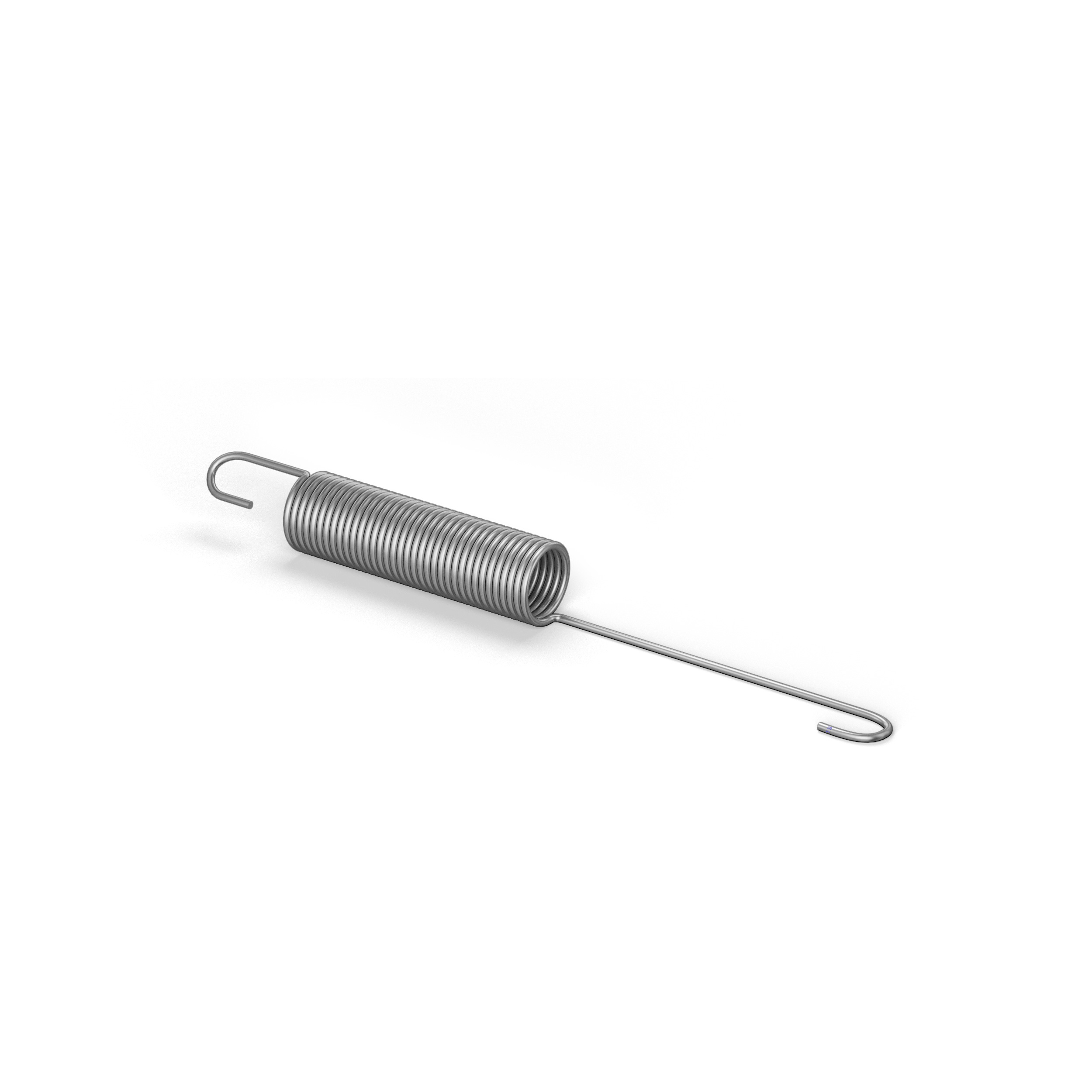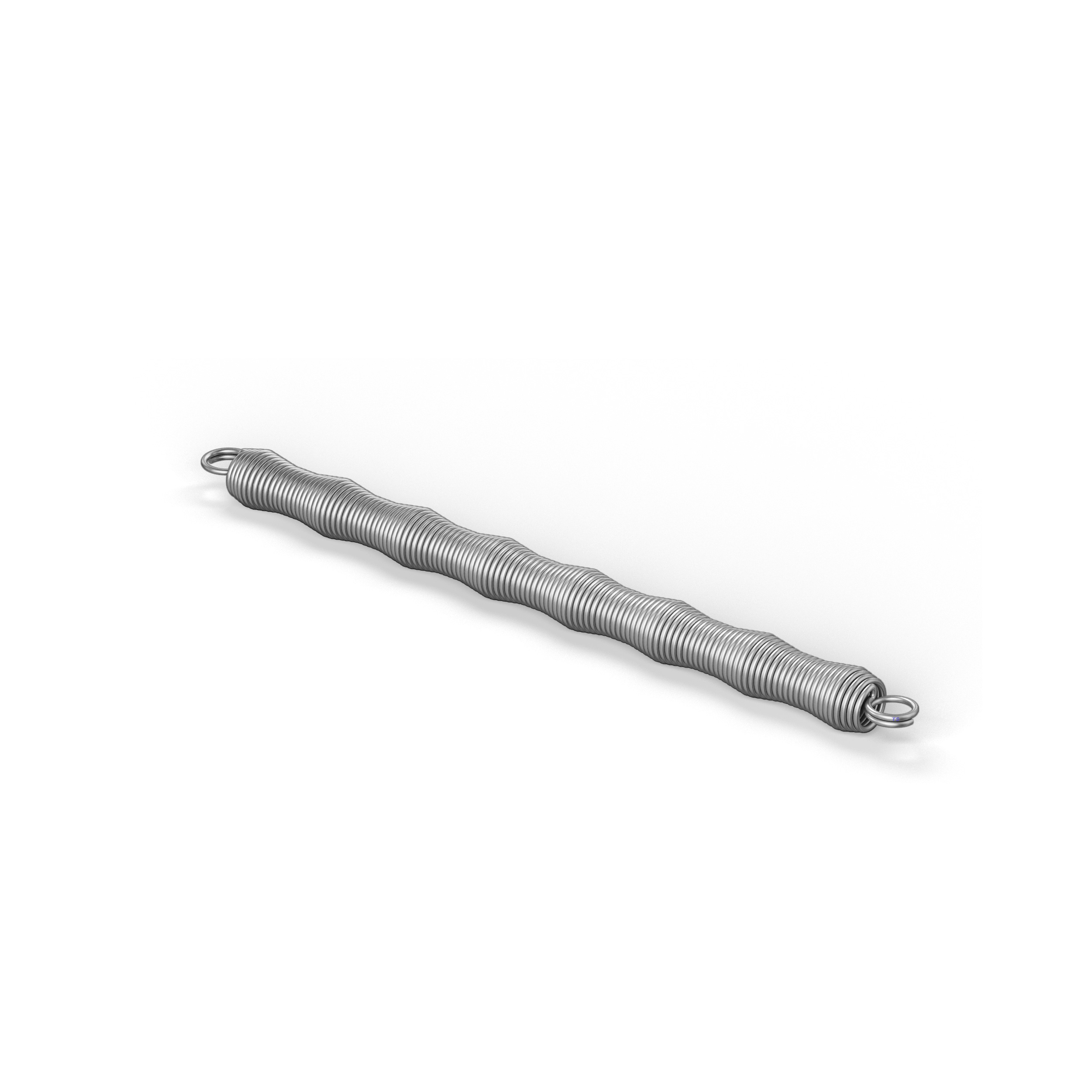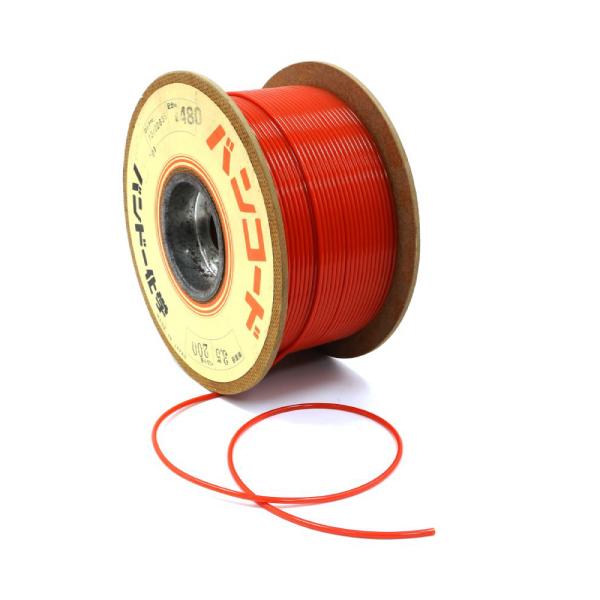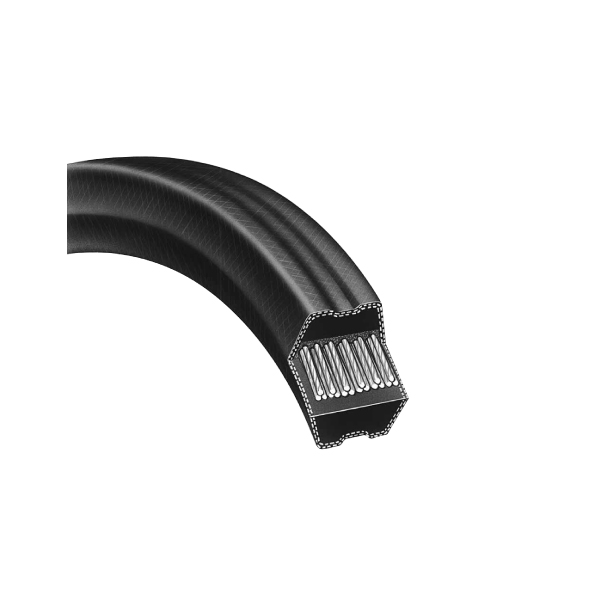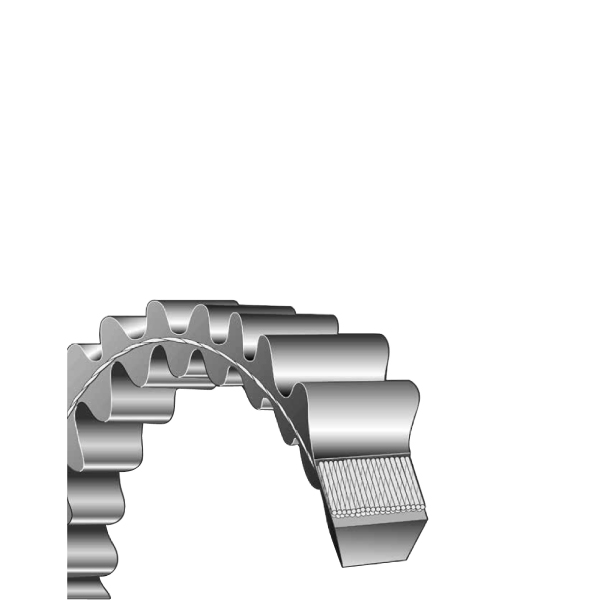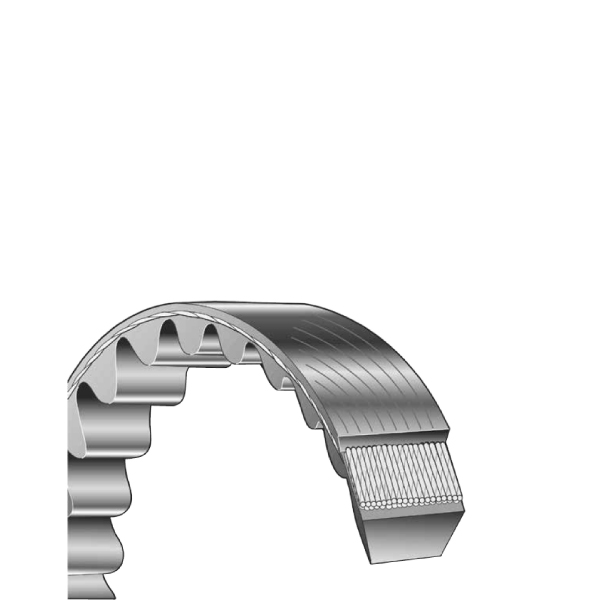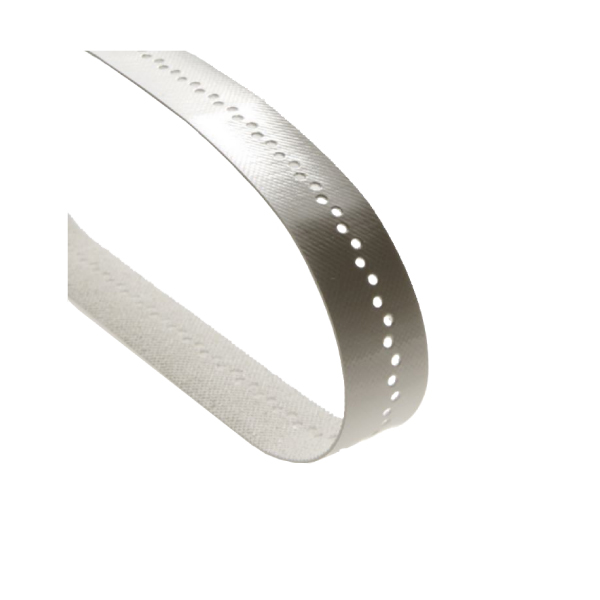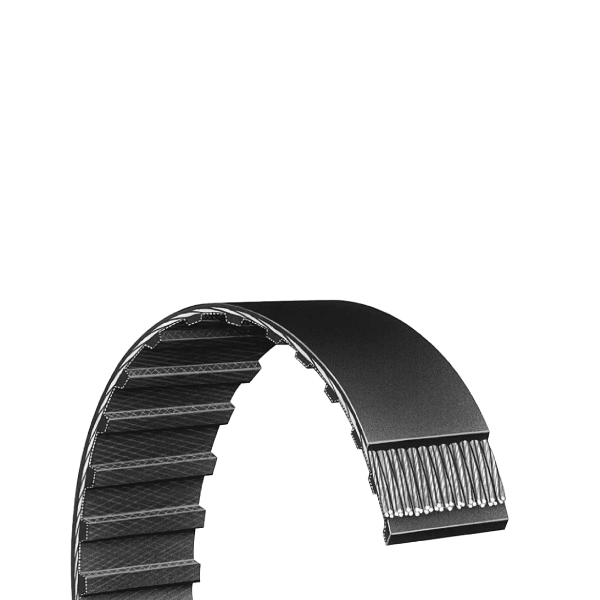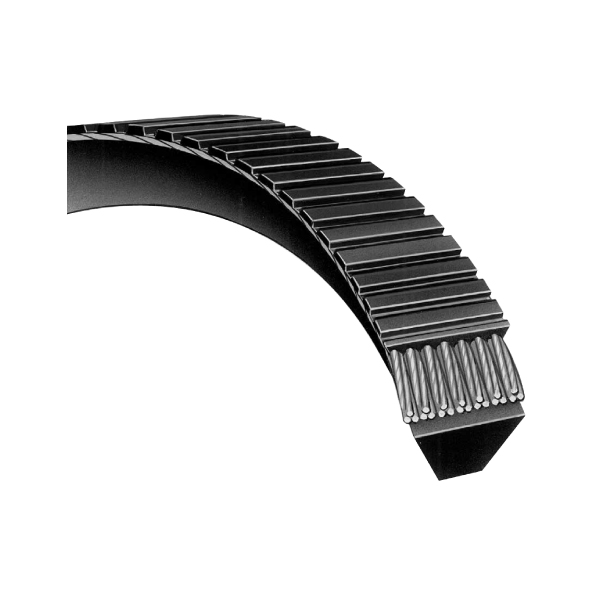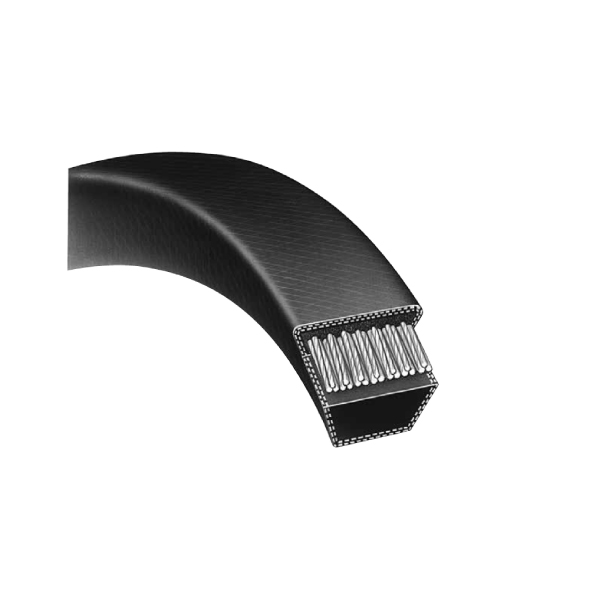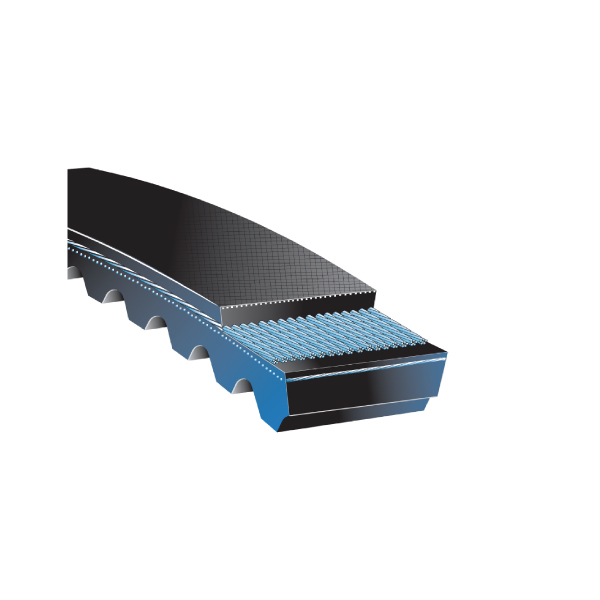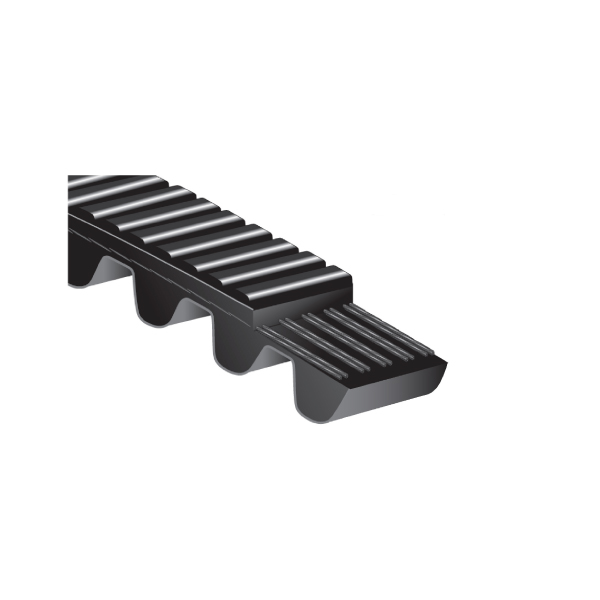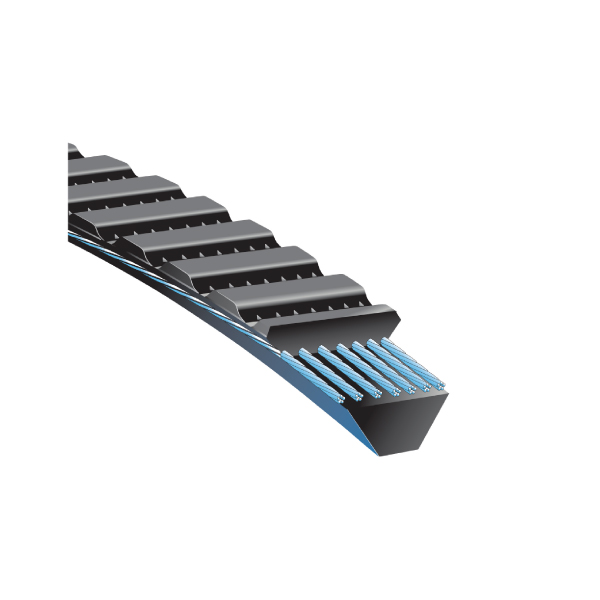When the tension spring is formed, the spring coils generate a compressive force with each other. When the tensile force acts on the spring, if the force is less than the spring's compression force, the spring will not deform. If the force is greater than the compression force of the spring, the spring begins to bend. The tensile load corresponding to this compressive force is the initial tensile force. The tension spring's initial tensile force depends on the type of material, the diameter of the material, the winding ratio of the spring, and the processing method.
The end shape of the tension spring is mainly a hook ring. The end spring ring or material bends these hook rings. When designing or selecting the end structure, the installation method, installation space and load property of the spring in the mechanism are mainly considered. And other factors, as long as all conditions are met, try to choose a simple mechanism shape.
Semi-circular shackle: bent by half spring at the end of the spring for limited space applications
Torsion round shackle: It is formed by bending the spring end to the centre, creating high stress outside the bending and twisting, suitable for a sizeable winding ratio and a small load environment.
Eccentric round shackle: The end coil bends it. The bond is located at the tangent position of the edge of the spring ring. Due to the load's eccentricity and the 90-degree bending of the shackle's root, the spring is subjected to considerable load stress.
Rotatable shackle: The shackles' relative position at the ends can be in a straight line or at 90 degrees to each other, or any desired angle.


